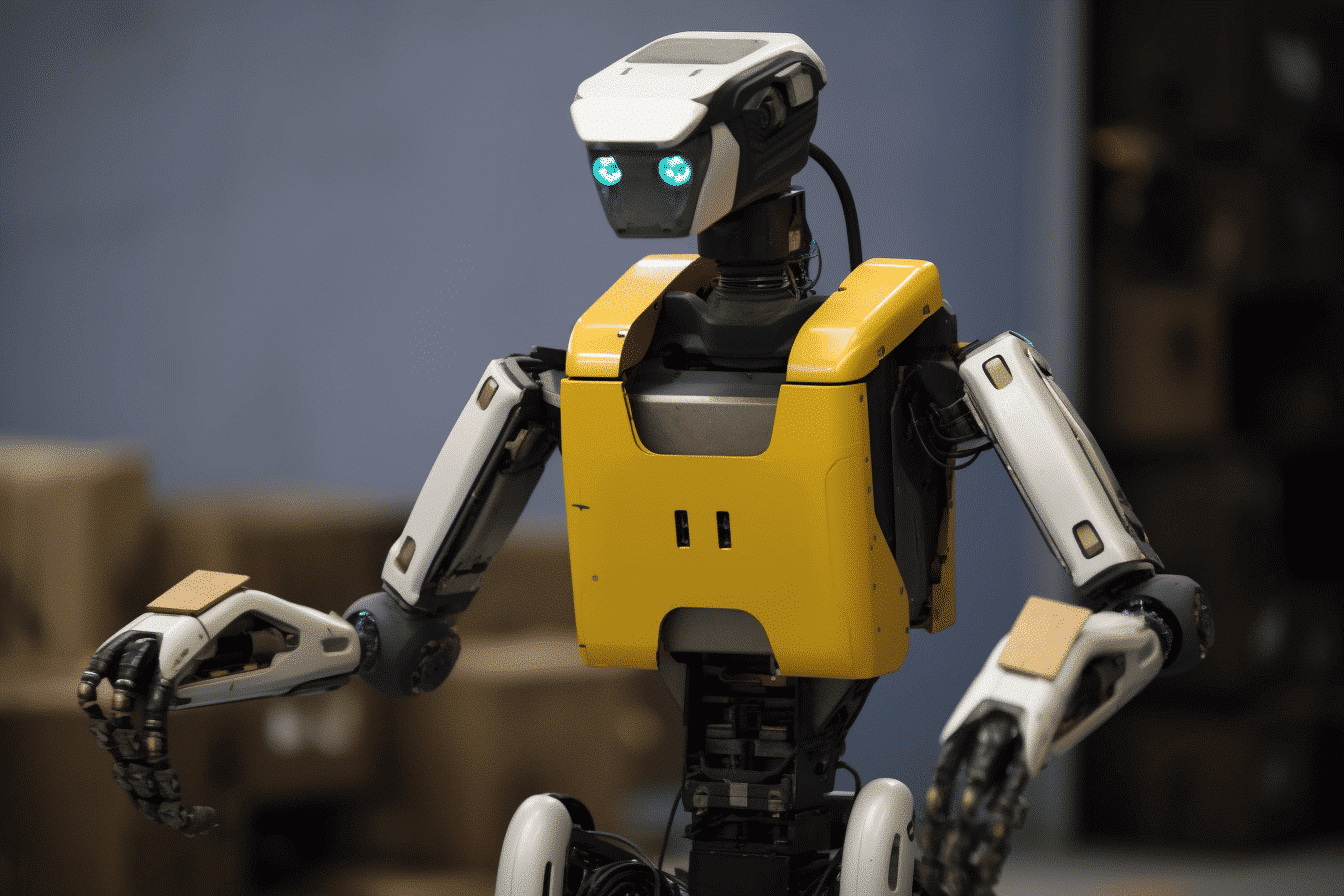The era of humanoid robots has arrived, albeit with a touch of awkwardness. These robots, often inspired by the realms of science fiction, have been the dream of engineers for decades. Despite the surge in artificial intelligence and subsequent investments, the prototypes we have today are more adept at staged demonstrations than practical tasks. Yet, the undeterred spirit of innovation keeps startups like Agility Robotics actively pursuing the refinement of these machines.
The Humanoid Pursuit
The development of robots that can function within human spaces has taken precedence over creating machines that simply mimic human appearance. This is exemplified by Agility Robotics’ warehouse robot, Digit, which Amazon is currently testing for use in its vast warehouses. Digit’s design, with a head for sensors and bird-like legs, underlines a departure from pure human mimicry towards practical functionality.
On the other side of the spectrum lies Figure AI, steadfast in its belief that only true humanoids can efficiently traverse spaces designed for humans. They aim to create robots that evolve in capability, similar to how smartphones have over the years. The need for such robots is propelled by the global decline in birth rates, creating a deficit in the workforce, particularly in repetitive and physically demanding jobs.
Beyond the Prototype
While Agility Robotics and Figure AI are making strides, other industry players like Tesla and Apptronik are at various stages of development with their humanoid projects.
Despite the lukewarm reception to early demonstrations, these companies are pressing on, hinting at the potential of humanoid robots to transform industries. Even Boston Dynamics, known for its quadrupedal robots, acknowledges the value in humanoid research for leading to unexpected and innovative robotic solutions.
The Humanoid Promise
The development of humanoid robots isn’t solely about the end product but also about the journey of creation. It involves enhancing the robots’ ability to understand and interact with the physical world.
Sanctuary AI, for instance, emphasizes the importance of robotic dexterity and cognitive abilities that could eventually fulfill a wide range of economic roles. The vision shared by many in this field is one of robots that aren’t just laborers but intelligent partners in the workforce.
The Future of Robotic Integration
The future of humanoid robots is unfolding before us, promising a new era where robots walk alongside humans in warehouses, offices, and potentially our homes. While there are concerns about the displacement of human jobs, the industry’s focus is on creating robots that supplement rather than replace human labor.
With the likes of Amazon showing interest, it’s clear that humanoid robots are poised to become an integral part of our lives, reshaping our interactions with technology and redefining the future of work.




